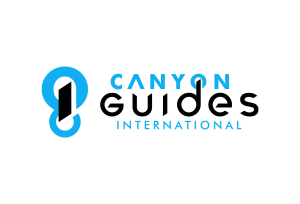As canyoneers, we are all too familiar with canyoneering “Beta” and its benefits.
The rating and data on the canyon help us with the planning and risk mitigation.
(Beta is jargon that designates information about a canyon. Beta may include information about the length and difficulty of the approach, number and length of rappels, ease of exiting the route before completing it, descent information, perhaps even useful logistics.)
But as canyoneering professional guides, how much “Beta” do we know about the clients we are taking out for canyoneering?
These are some examples of conditions that can become critical during a canyoneering descent.
Level of fitness, allergies, diabietic condition, asthma, epilepsy, knee or shoulder surgeries, heart condition, vertigo or claustrophobic, current medications that could affect performance during the canyon, herring, eyesight.
The list can be long and comprehensive, or short and pragmatic, but needs to be relevant to the activity being performed during the particular canyon.
How to gather this information about our clients becomes an important aspect of our Operational Procedures of our guiding operation. On the low bar side, this information can be gathered before the start of the outing during a Safety Briefing. On the high bar side, this information can be gathered as part of the client’s paperwork while they book their adventure.
Avoid surprises during your guiding day by getting your client’s Beta.
